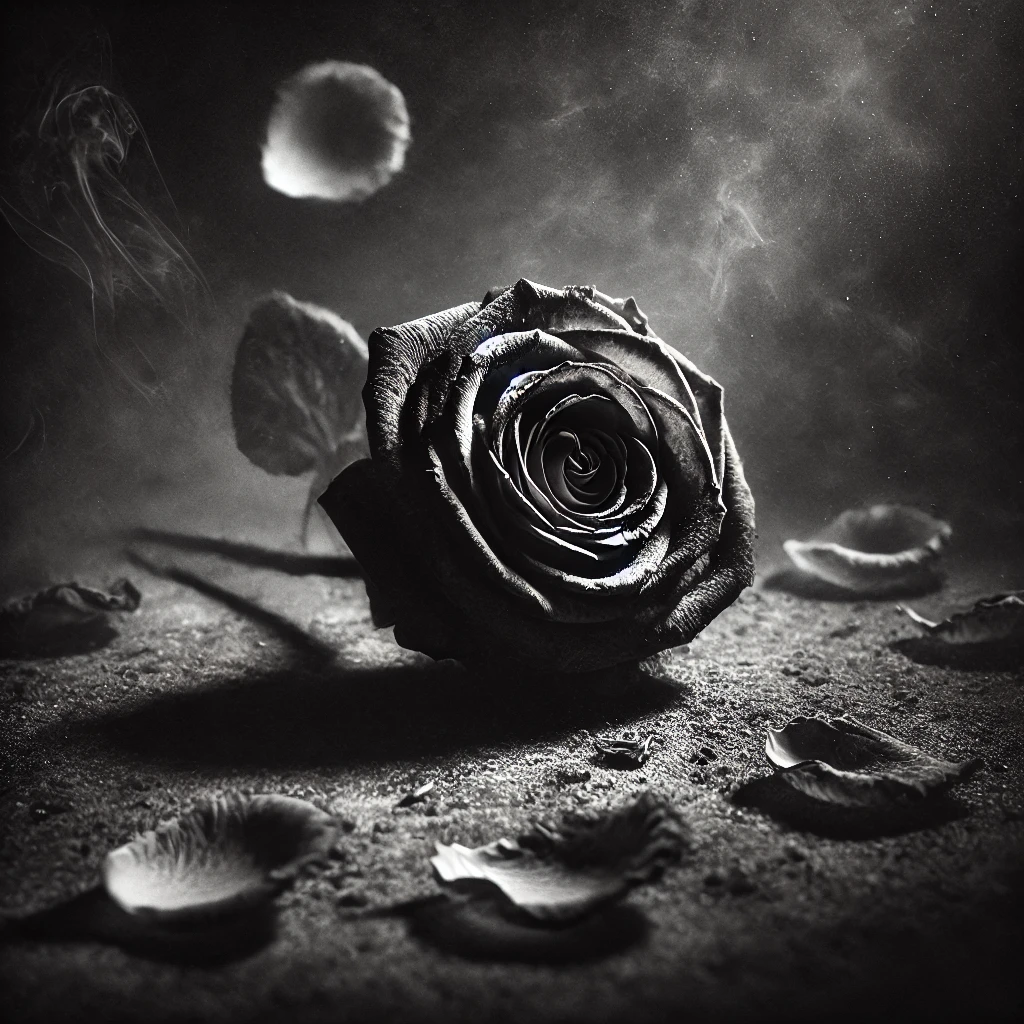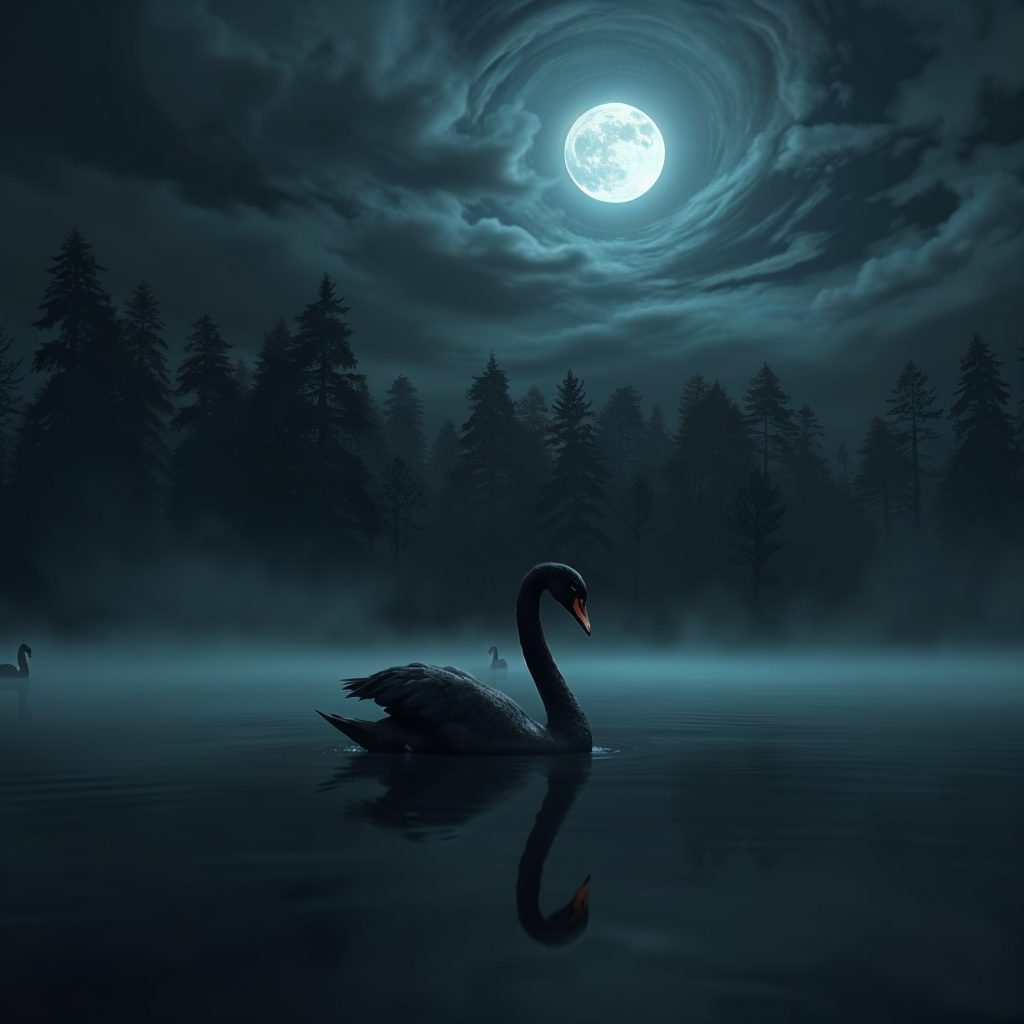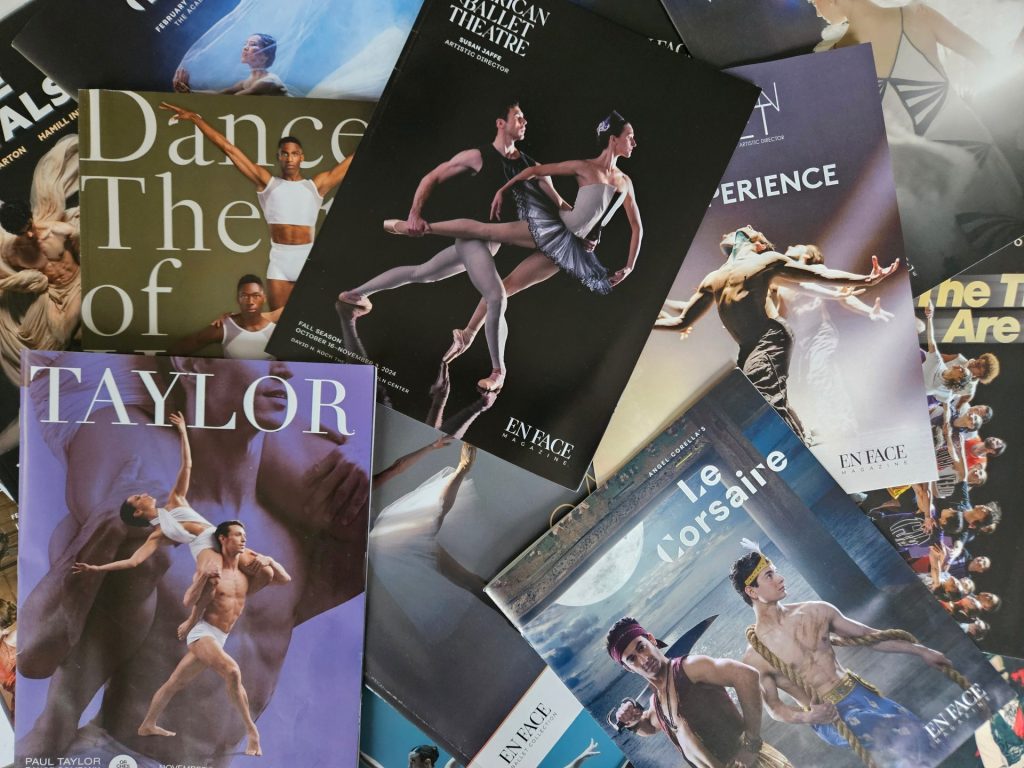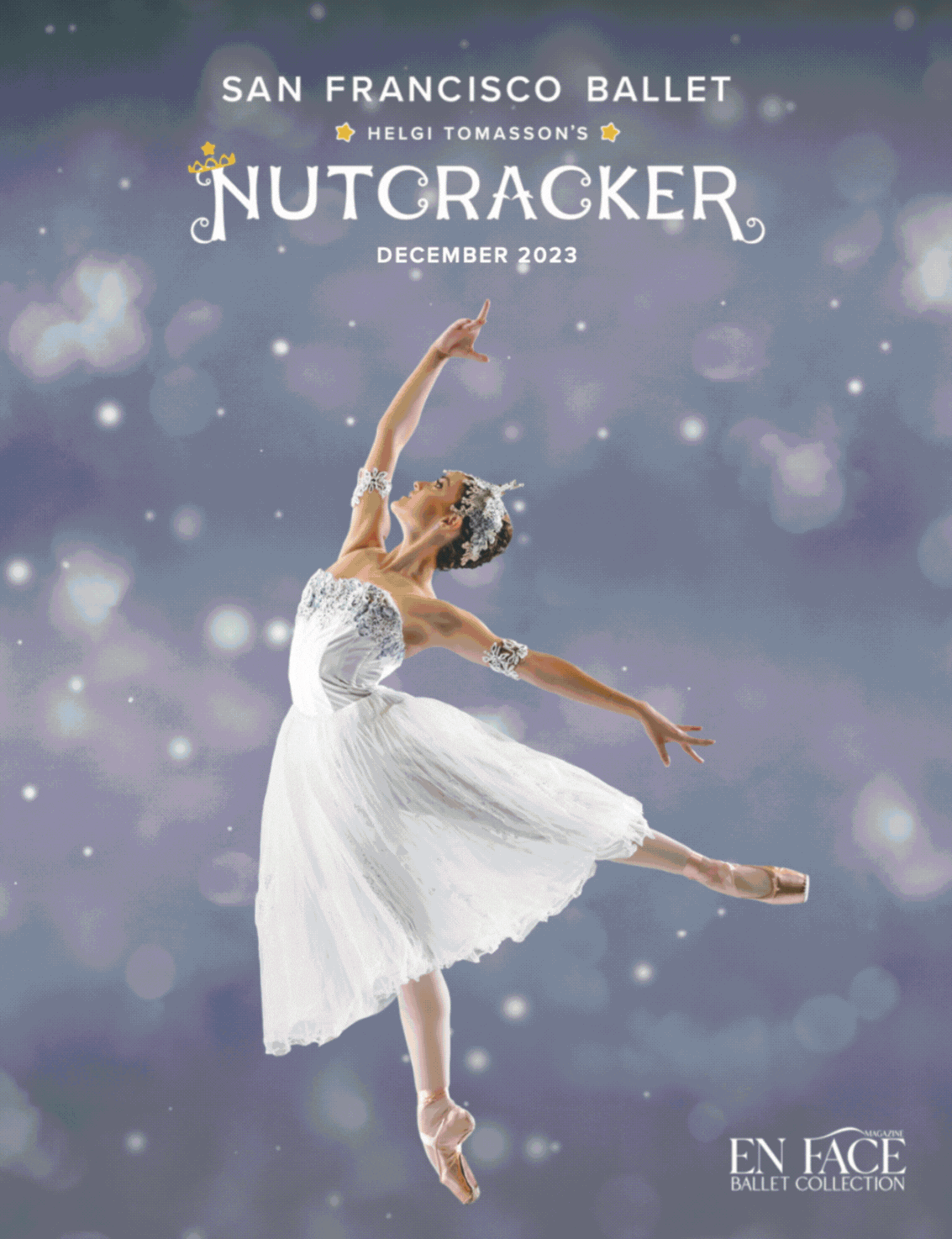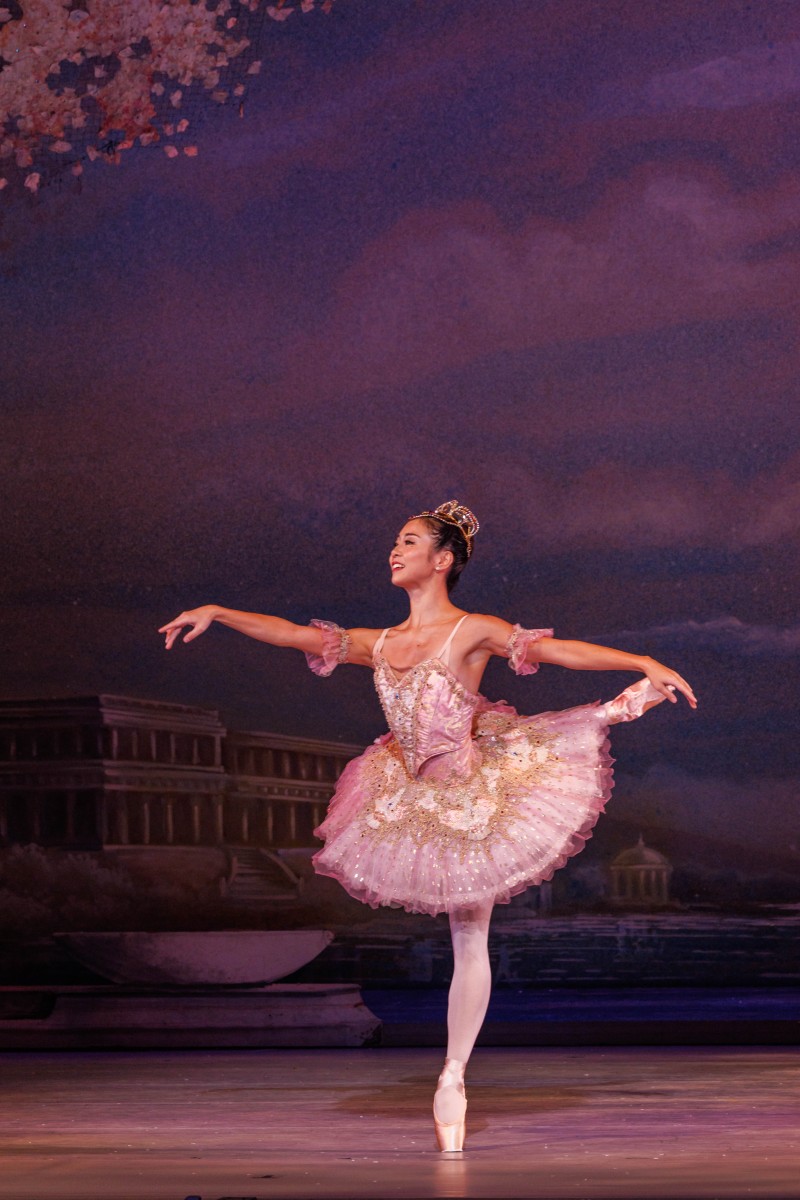
Photos courtesy of The Washington Ballet by XMB Photography.
The Washington Ballet’s production of The Nutcracker is more than a Washington holiday tradition. The ballet that premiered 130 years ago on December 18, 1892 carries a rich legacy that still resonates today in the nation’s capital.
The original production was based on the French adaptation by Alexandre Dumas of the German Romantic tale, “The Nutcracker and the Mouse King,” by E. T. A. Hoffman. The ballet reflected the complex history of the imperial city of St. Petersburg and featured the iconic music of Pyotr Tchaikovsky, the Russian-born composer of Ukrainian and French heritage, alongside the captivating libretto and choreography of the French and Russian ballet masters Marius Petipa and Lev Ivanov. This truly international ballet has become a beloved American classic, and The Washington Ballet production offers a delightful portrait of Washington past and present.
Anna Pavlova, the legendary ballerina and mentor of The Washington Ballet co-founder Lisa Gardiner, provided America’s first glimpse of The Nutcracker in her 1911 ballet Snowflakes. Fifty years later, The Washington Ballet co-founder Mary Day established a Washington institution with the capital’s first full-length version of The Nutcracker. Mary Day’s The Nutcracker debuted on December 27, 1961 and featured choreography by Alexandra Danilova and accompaniment by the National Symphony Orchestra under Lloyd Geisler at Constitution Hall. Children of The Washington School of Ballet performed excerpts from The Nutcracker at Patricia Nixon’s White House Christmas party in 1970, and Miss Day created the role of the Favorite Aunt for Chelsea Clinton in 1993.
Former Artistic Director of The Washington Ballet Septime Webre premiered his “charmingly-DC” production of The Nutcracker at the Warner Theatre on December 9, 2004. Set in 1882 Georgetown, Mr. Webre’s version synthesizes the music of Tchaikovsky with a uniquely American vision of the ballet. To this day, under the direction of Artistic Director Julie Kent, The Nutcracker showcases the talents not only of The Washington Ballet company members but also of the students and trainees of The Washington School of Ballet.
In Act I, our heroine Clara prepares for the holiday festivities and experiences a visit from her mysterious godfather, Drosselmeyer, with his handsome young nephew. Following a puppet show that delights all the children at the party, Drosselmeyer presents Clara with a marvelous Nutcracker. Although her brother Fritz breaks the Nutcracker out of jealousy, Clara places him under the Christmas tree before bed.
Late that night, Clara tiptoes downstairs to retrieve her Nutcracker, and the darkened room fills with scurrying mice. When the clock strikes midnight, the Christmas tree magically grows and a battle ensues between the Nutcracker and the Rat King in the guises of George Washington and King George III. Clara saves her Nutcracker at a crucial moment in the melee, and he transforms into a prince who escorts Clara through an enchanted winter into a fairytale spring in Washington.
In Act II, Clara and the Nutcracker Prince journey through the springtime cherry blossoms to the kingdom of the Sugar Plum Fairy, who is attended by her gallant Cavalier and cavorting butterflies, mushrooms, and woodland creatures. In gratitude to Clara for saving the Prince’s life, the Sugar Plum Fairy commands her subjects to perform an array of character dances that climax with a thrilling pas de deux between the Sugar Plum Fairy and her Cavalier. Clara finally falls asleep with her beloved Nutcracker. As the curtain closes, we are left to wonder, “was it all a dream?”
– by Natalie Rouland, Scholar in Residence
This article was first published in The Nutcracker playbill. It is published here courtesy of The Washington Ballet. click here to learn more or read the entire playbill.




